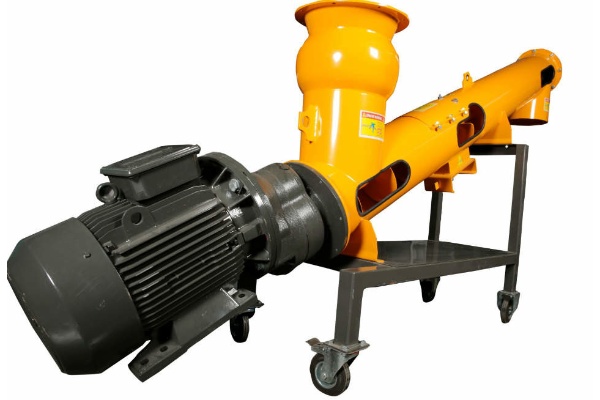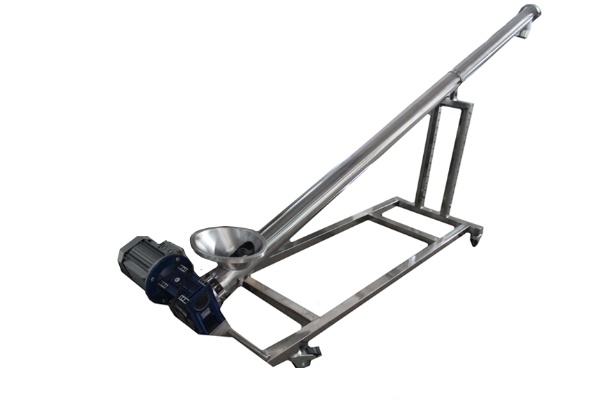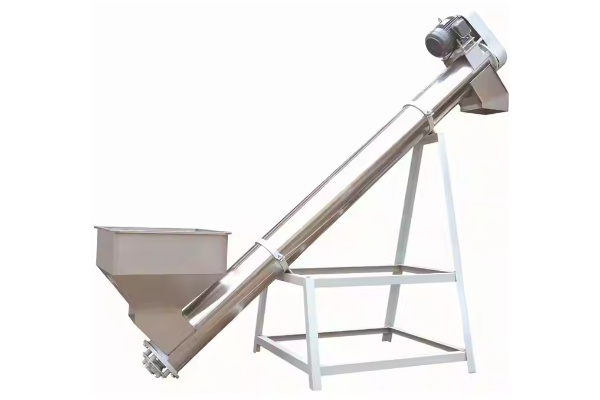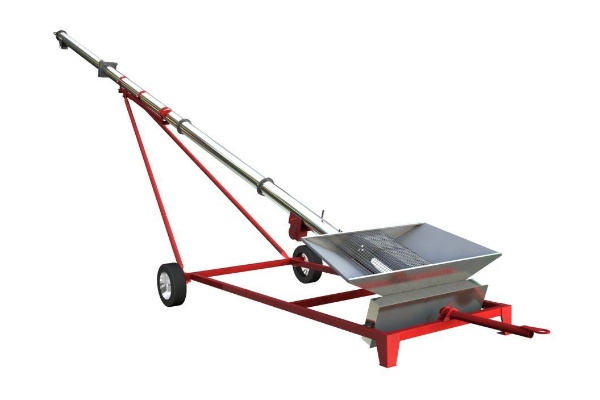Cement Screw Conveyor Price
Wednesday November-05 2025 10:12:04
Cement Screw Conveyor , a common piece of equipment for bulk material conveying, typically range from $200 to $4,000 or even higher. Cement Screw Conveyor Price is determined by a number of factors, including the screw diameter and length, as well as the materials used, such as standard carbon steel versus more corrosion- or wear-resistant stainless steel. Furthermore, the equipment's design—whether it adopts a closed tubular or open trough design, and whether it features a central shaft—influences the complexity of the process and the number of components required.
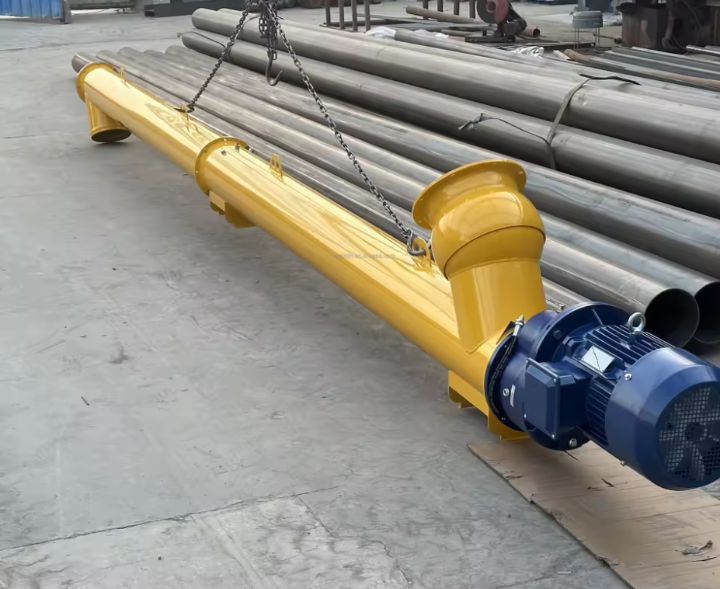
What are the types of cement screw conveyors?
Cement screw conveyors are commonly used to convey powdered materials such as cement, fly ash, and lime. They come in a variety of types, primarily tubular and trough types, as well as shafted and shaftless screw conveyors. The following details these types, considering both price and specifications.
Tubular Screw Conveyors
Tubular screw conveyors are one of the more common types of cement conveying equipment. Their spiral blades are enclosed within a circular steel tube. A motor and a reducer drive the screw, pushing the material from one end to the other. Price Range: Compared to trough conveyors, tubular conveyors are generally more expensive.
Diameter: Common pipe diameters include 168mm, 219mm, 273mm, and 325mm. The larger the diameter, the greater the conveying capacity.
Length: Customizable, ranging from a few meters to several dozen meters.
Conveying Capacity: Generally ranges from 10 tons/hour to over 100 tons/hour, depending on pipe diameter, pitch, speed, and material characteristics.
Angle of Inclination: Horizontal conveying is optimal. Inclined angles generally do not exceed 45°, though special designs can reach 60° or higher. However, conveying efficiency decreases as the angle increases.
Motor Power: Determined by factors such as conveying distance, capacity, and inclination angle, power typically ranges from 2.2kW to 22kW.
Trough Screw Conveyor: The spiral blades of a trough screw conveyor (also known as a U-shaped screw conveyor) rotate within a U-shaped trough. This design makes the interior visible, making it easier to inspect and clean. Price Range: Trough conveyors are generally priced lower than tubular conveyors of equivalent conveying capacity.
Trough Width: The typical trough width corresponds to the screw diameter and affects conveying capacity.
Length: Similar to tubular conveyors, customizable upon request.
Conveying Capacity: Comparable to tubular conveyors, depending on screw diameter, rotational speed, and material characteristics.
Angle of Incline: Primarily used for horizontal or low-angle conveying (usually no more than 20°). Conveying at large angles can cause material to fall back, reducing efficiency.
Motor Power: Similar to tubular conveyors, determined based on conveying parameters.
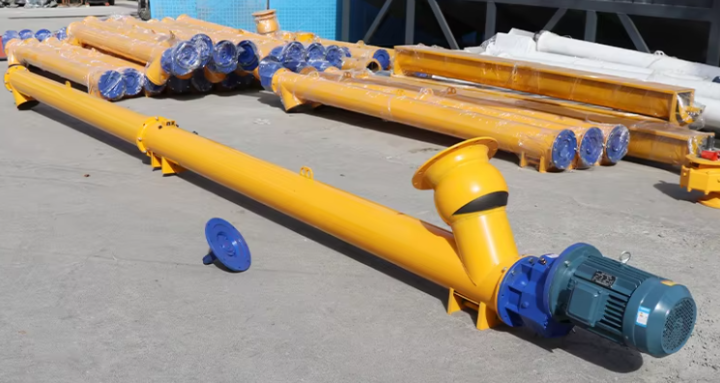
Shafted Screw Conveyor: The spiral blades of a shafted screw conveyor are welded to a central solid or hollow shaft. The rotation of the shaft drives the blades to convey the material.
Price Range: In most cases, shafted screw conveyors are priced lower than shaftless screw conveyors.
Applicable Materials: Widely suitable for conveying non-viscous or low-viscosity materials such as powders, granules, and small lumps, such as cement, grain, pulverized coal, and slag.
Conveying Length: Can convey materials over longer distances. High Efficiency: Under certain conditions, their conveying efficiency is generally higher than that of shaftless types.
Limitations: They are not suitable for conveying highly viscous, easily tangled, bulky, or easily clogged materials, as the presence of a central shaft can easily cause material to accumulate or entangle on the shaft.
Shaftless Screw Conveyor
Shaftless screw conveyors lack a central shaft. Instead, the spiral blades are a solid, flexible spiral that directly contacts the U-shaped trough or pipe wall, propelling the material through the spiral's rotation.
Price Range: Shaftless screw conveyors are generally more expensive than shafted screw conveyors.
Applicable Materials: Suitable for conveying highly viscous, tangled, wet, and easily clogged materials, such as sludge, garbage, pulp, malt, and powdered materials such as cement (although cement is less commonly used).
Resistant to Clogging: The lack of a central shaft prevents material entanglement or clogging, making them particularly suitable for special structures at the discharge port to prevent clogging.
Conveying Distance: Typically suitable for relatively short conveying distances or when conveying at large angles or even vertically. Efficiency: When conveying fluid materials such as cement, the efficiency may be slightly lower than that of a shaft screw conveyor, but it has unique advantages in handling special materials.
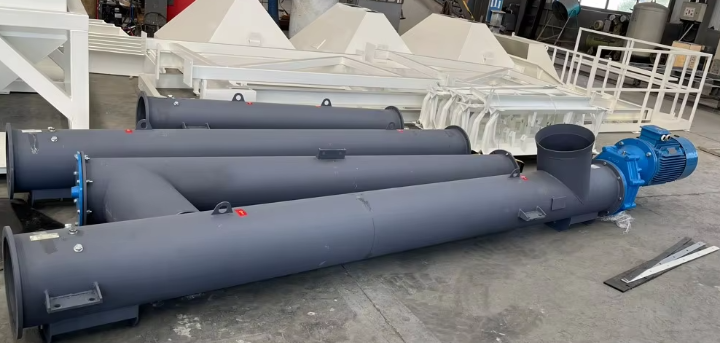
Cement Screw Conveyor Price Table
| Parameter Type | Tubular Screw Conveyor | U-Trough Screw Conveyor | Shafted Screw Conveyor | Shaftless Screw Conveyor |
|---|---|---|---|---|
| Structural Features | Enclosed circular pipe structure, dust-proof and leak-proof | Top-open U-shaped trough structure, easy to maintain | Spiral blade with central shaft, high versatility | Shaftless, ribbon-shaped spiral, anti-wrapping |
| Diameter / Trough Width | φ100–φ500 (common φ168, φ219, φ323) | φ150–φ400 (U-trough width varies) | φ100–φ450 | Spiral diameter: 150–470 mm |
| Typical Length | 1–20 m (customizable) | 1–25 m | 1–20 m | 1–25 m (depending on model) |
| Motor Power | 0.75–15 kW | 0.75–15 kW | 0.75–15 kW | 0.75–22 kW |
| Available Material | Carbon steel / 304 / 316L stainless steel | Carbon steel / Hot-dip galvanized / 304 stainless steel | Carbon steel / 304 stainless steel | Carbon steel / Hardox wear-resistant steel / 304 stainless steel |
| Conveying Capacity | 5–150 m³/h (≈4–120 t/h) | 1–80 m³/h (≈1–60 t/h) | 3–120 m³/h (≈2.5–90 t/h) | 2.4–65 m³/h (common models: 2.4,7,13,28 m³/h) |
| Conveying Angle | 0–45° (common 0–30°) | 0–45° (commonly 0–30°) | 0–45° (generally ≤30°) | 0–30° (suitable for low-angle conveyance) |
| Reference Price | US$ 1,000 – 40,000 (small to large) | US$ 1,000 – 20,000 | US$ 800 – 15,000 | US$ 575 – 6,000+ |
What factors influence Cement Screw Conveyor Price?
Cement Screw Conveyor Price is a complex combination of factors, primarily affecting equipment size and conveying capacity, material (carbon steel, stainless steel, or wear-resistant material), construction (tubular or trough, shafted or shaftless), drive system configuration (motor, reducer, control system), conveying angle, and the availability of additional customized features and brand.
Dimensions and Specifications
Diameter: The diameter of the screw blades and housing is a key parameter in determining conveying capacity. Larger diameters generally mean higher conveying capacity, but also increase manufacturing costs.
Length: The total length of the conveyor directly affects the amount of steel, screw shafts, bearing housings, and other components required. Longer lengths increase material costs and processing fees.
Conveying Capacity: The designed hourly conveying capacity (tons/hour or cubic meters/hour) is the core specification. Higher capacity often requires a larger diameter, a more powerful motor, and a more robust structure, which in turn increases the price.
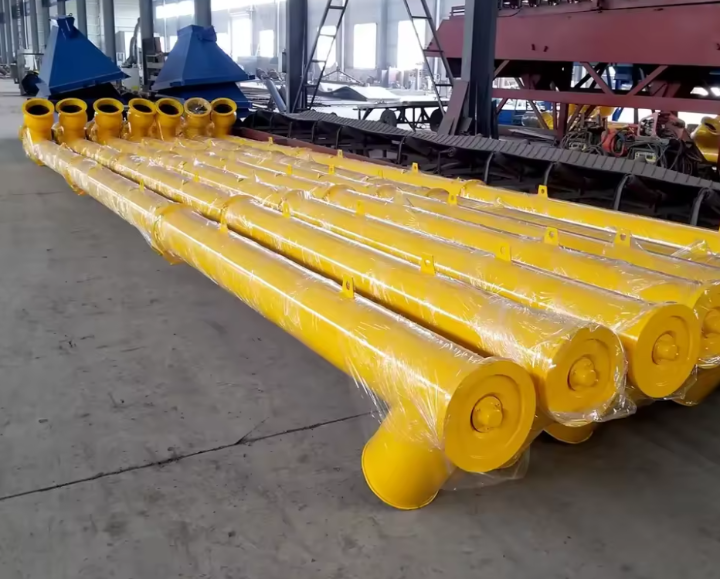
Material
Carbon steel: A low-cost, commonly used material suitable for conveying general dry powders. Stainless steel (such as SS304/SS316): The price is significantly higher than carbon steel, often several times higher. Stainless steel offers excellent corrosion and wear resistance, making it suitable for special applications requiring high hygiene, corrosion protection, or wear resistance.
Wear-resistant materials: For conveying highly abrasive materials, the screw blades or trough may be made of special wear-resistant alloy steel or undergo surface hardening, which increases the cost.
Structural types
Tubular screw conveyors: Typically feature a fully enclosed design with excellent sealing, effectively preventing dust leakage and material contamination. However, the manufacturing process is relatively complex, and the price is generally higher than that of trough-type conveyors of similar specifications.
Trough-type screw conveyors: The structure is relatively simple, easy to clean and maintain, and relatively low in cost. However, their sealing is generally inferior to that of tubular types, and additional sealing measures may be required when conveying easily airborne materials such as cement.
Drive system
Motor power: Depending on the conveying capacity, conveying distance, inclination angle, and material characteristics, different drive motor powers are required. Higher power drives increase the cost. Reducer: The brand, type, and quality of the reducer directly impact the stability and lifespan of the equipment.
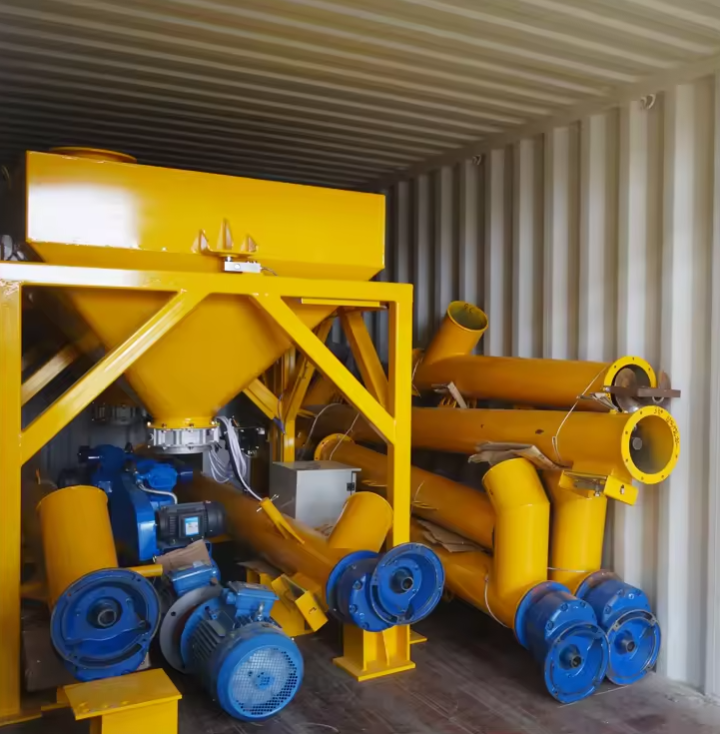
The Cement Screw Conveyor exhibits numerous advantages in cement conveying. For example, its enclosed structure helps reduce dust spillage and maintain a healthy on-site environment. Furthermore, the equipment occupies a relatively compact footprint, adapting to diverse site layouts. In daily operation, it operates relatively smoothly and demonstrates excellent adaptability for the continuous conveying of powdered materials. Furthermore, Cement Screw Conveyor Price is influenced by factors such as material handling volume, conveying distance, installation space limitations, and sealing requirements. These factors should be carefully considered when selecting a model to ensure that the equipment investment matches the actual application scenario.
